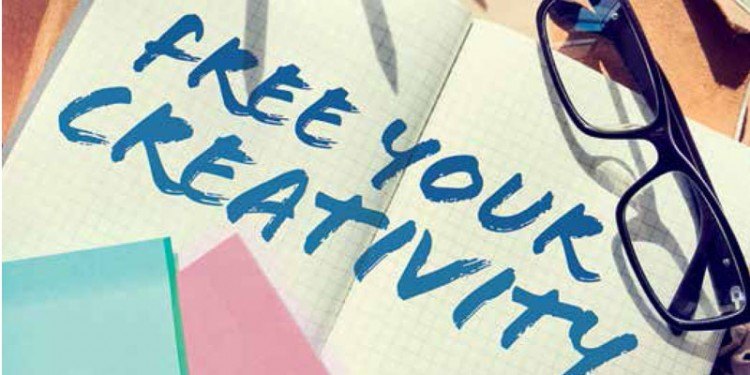Everyone has the potential for creativity, and harnessing the skill will reap rewards for all businesses, says Roj Whitelock.
Most people would not generally describe themselves as being creative. It’s odd because as a species, we all are. It’s one of things that makes us human.
After all, we all dream. We all solve problems day to day. Creativity is the capacity to imagine and it’s our ability to imagine that allows for moments of inspiration to occur. People are often described as left brain (creative) or right brain (analytical). But modern neuroscience has proven this idea to be wrong. We all use both sides of our brain equally, sparking connections between them. Smart companies like Procter & Gamble bring their scientists into the early innovation stages of a project, recognising their capacity to imagine.
The problem is we get pigeon-holed early on. A careless word of criticism can damage our creative confidence. Other voices, louder than ours, may lead us to steadily take a back seat. Before you know it, you’ve gone from a creatively charged child imagining your mum’s sofa is a horse to someone who just ‘doesn’t do creative’.
Which is a shame as creativity is your business’s greatest asset. A recent IBM Survey of more than 1,500 chief executive officers from 60 countries found that creativity was the attribute they valued most highly. In our complex world, ideas mean success.
The difficult part is harnessing this creativity and breaking through what can be a lifetime of conditioning. Fortunately this can be achieved in around 30 minutes.
The first step is to recognise the two mortal enemies of creativity: a blank sheet of paper and criticism.
Staring at a blank sheet is not creative. Routine is not creative. Sitting at your desk day in and day out is not creative. Go for a walk. Carry a notepad with you on the tube. Look at a magazine. Don’t try and force ideas, and don’t expect that quantum leap of the imagination that will crack a problem in one stroke. Creativity is often a series of small steps, a daisy chain of thoughts and ideas occurring when you least expect them.
Then there’s criticism, not to be confused with rational thought. In those early innovation stages, if you are going to enjoy the space to imagine, others can’t start slamming doors. The smallest seed of an idea, even something which seems irrelevant, can grow into ‘the big idea’ if given a little space.
The best way to judge a creative idea is to look at the intent – what are you trying to achieve? If the intent and the idea work perfectly together, you’re on the right track. Remember too that brainstorming won’t work. There’s too much pressure to come up with the big idea. The best way is to work with a creative technique.
This is achieved by not fixating on the problem as defined – the mental equivalent of staring at a blank sheet. Instead we think around the problem. For example, it can be broken down into a word game, a role-playing exercise, storytelling, character creation, anything to encourage a group to think creatively, to find the space to imagine. This exercise can then go back to the problem as defined and see how M the ideas can be applied, going deeper into what needs to be achieved. This use of lateral thinking allows the problem to be understood and a series of ideas and solutions that may never have been arrived at by simply focusing on the issue.
There are huge advantages to this approach. Firstly, client and agency are equally engaged in the early stages of the creative process, leveraging the very best from one another. Secondly, this group involvement creates engagement and advocates internally. Within large organisations with multiple departments and a little more bureaucracy, this can go a very long way toward expediting the project delivery process. Most importantly, this open creative forum lifts the tight constraints of a brief. Quite often the key that unlocks a project is mentioned in passing and this broader form of discussion is therefore invaluable when it comes to insight.
For these sessions to work well, certain ground rules need to be in place: everyone is equal, ideas won’t be ridiculed or judged prematurely, a fun and creative atmosphere will be created. Get this right and it’s amazing how quickly people let go and lose that fear of being creative. Thirty minutes in fact or thereabouts.

